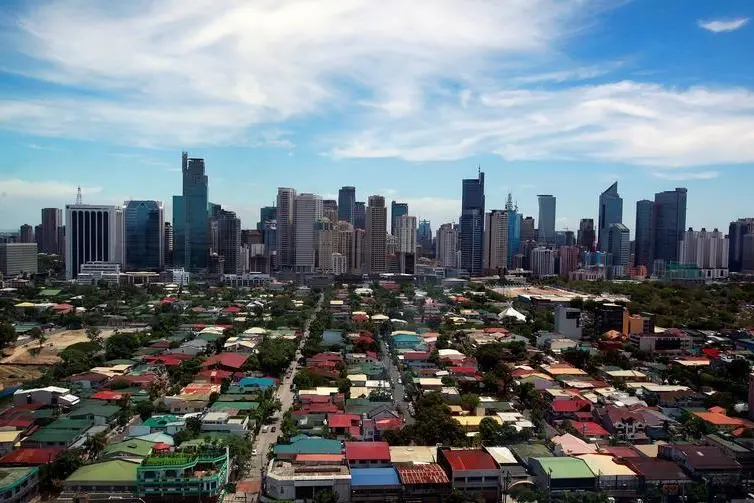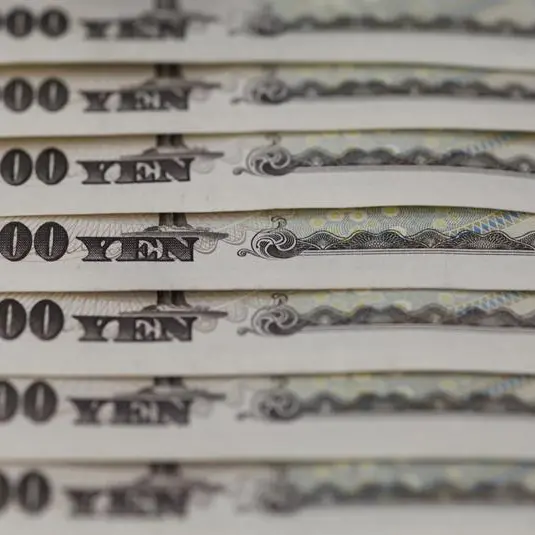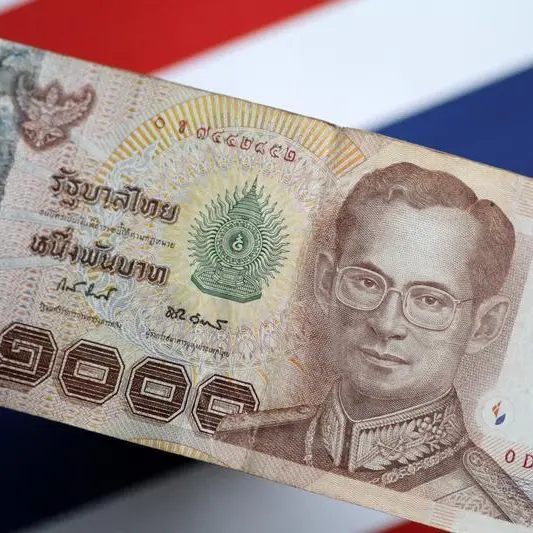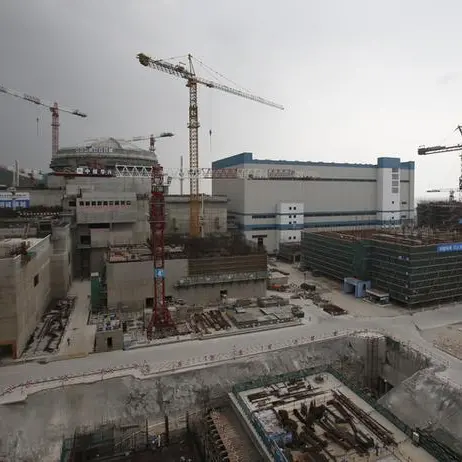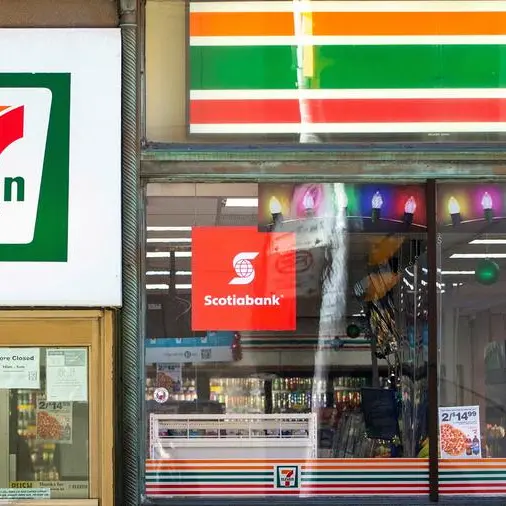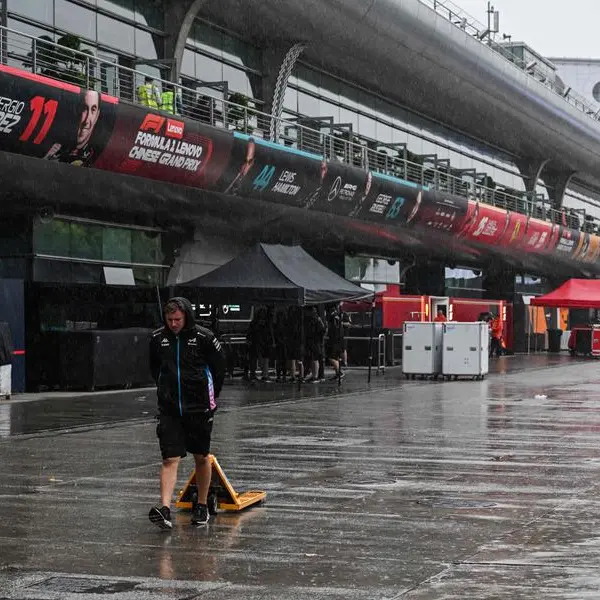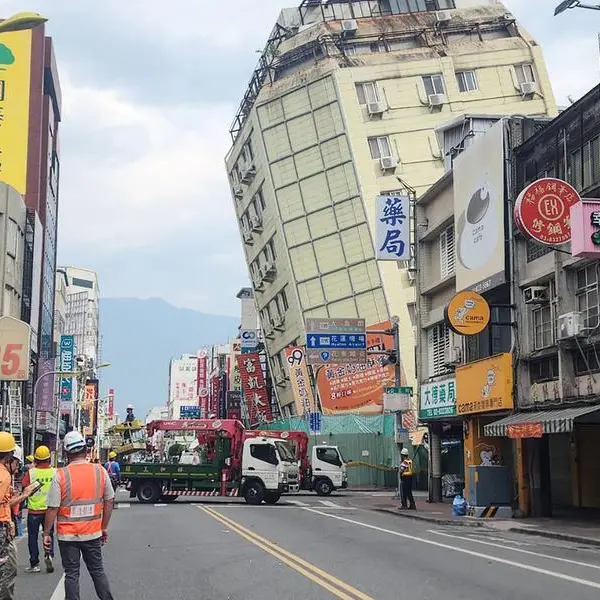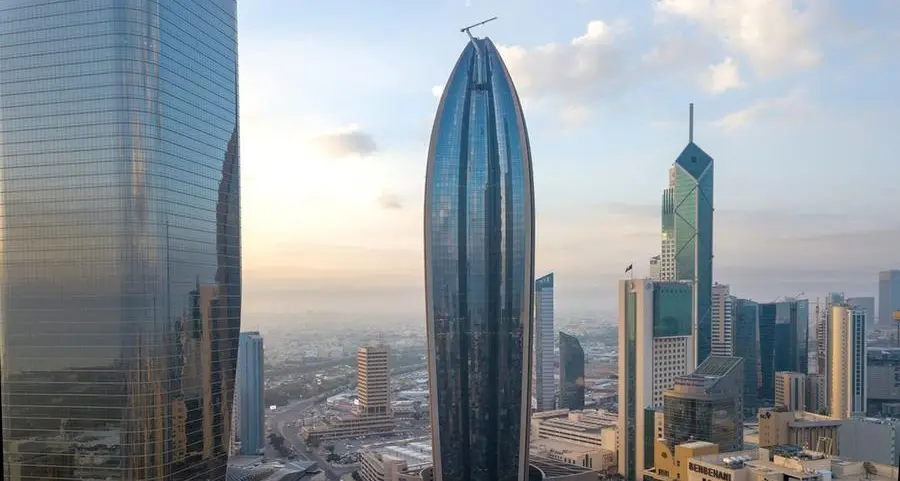PHOTO
The Philippines will eventually need alternative funding sources as it moves toward its goal of reaching upper-middle income status that would limit development assistance to the country.
Finance chief Benjamin Diokno said this is one of the main arguments as he continues to push for the multi-billion-peso Maharlika Investment Fund (MIF), the country's first sovereign wealth fund that aims to stimulate economic growth and social development.
Diokno argued that the MIF will provide an additional source of financing and allow for a speedier implementation of government priority projects on transportation and energy and power.
While there are financing sources for infrastructure under the national budget, Diokno said such is lengthier and risky since this is subject to political review and approval.
Another source is via official development assistance (ODA), which is either a loan or a grant administered to promote sustainable social and economic development and welfare among developing economies such as the Philippines.
'The Philippines will soon graduate to be an upper middle income country, and as such will cease to be eligible to the relatively less expensive ODA, which are only available to less developed countries,' Diokno said.
'The Philippines has to develop alternative sources of financing for its priority projects as ODA financing dries up,' he said.
The country's active ODA jumped to $30.7 billion (P1.57 trillion) during the pandemic as the government opted for quick-disbursing program loans.
This was used for programs and projects for COVID response, infrastructure development, governance and institutions development, social reform and community development, food security and environmental protection, and trade and investment.
It should be noted that ODA resources must be contracted with governments of foreign countries with whom the Philippines has diplomatic, trade relations or bilateral agreements, or which are members of the United Nations, their agencies, and international or multilateral lending institutions.
Diokno argued that once the country finally reaches the upper-middle income category, ODA will be reduced.
At present, the World Bank classifies the Philippines as a lower middle-income economy that has a gross national income (GNI) per capita between $1,086 and $4,255.
To reach the upper middle-income category, the Philippines should have a GNI per capita between $4,256 and $13,205.
The National Economic and Development Authority earlier said the Philippines is expected to reach upper middle-income status by 2025 instead of 2024 due to the economy's sharp contraction in 2020, and the peso's depreciation last year.
Similarly, Diokno said private sector solicited and unsolicited proposals tend to be time-consuming and subject to lengthy negotiation and court challenges. But he noted that these will still be continued.
The finance chief said that the fiscal space of the national government would widen if there will be new sources for large priority projects.
'This means more government resources can be allocated for investment in human capital and social protection,' Diokno said.
Further, Diokno assured that there would be an initial $5 billion in seed money for the MIF.
This includes the P100 billion from the Bangko Sentral ng Pilipinas, without touching the gross international reserves.
Diokno noted that BSP Governor Felipe Medalla acknowledged that the central bank is in a good financial state and that it can afford to gradually increase its capitalization.
As originally proposed, P50 billion will come from Land Bank of the Philippines and another P25 billion from the Development Bank of the Philippines.
Diokno is also expecting a potential P150 billion from the privatization proceeds. Other potential sources of funds cited were foreign-denominated bonds and mining royalties.
Copyright © 2022 PhilSTAR Daily, Inc Provided by SyndiGate Media Inc. (Syndigate.info).
